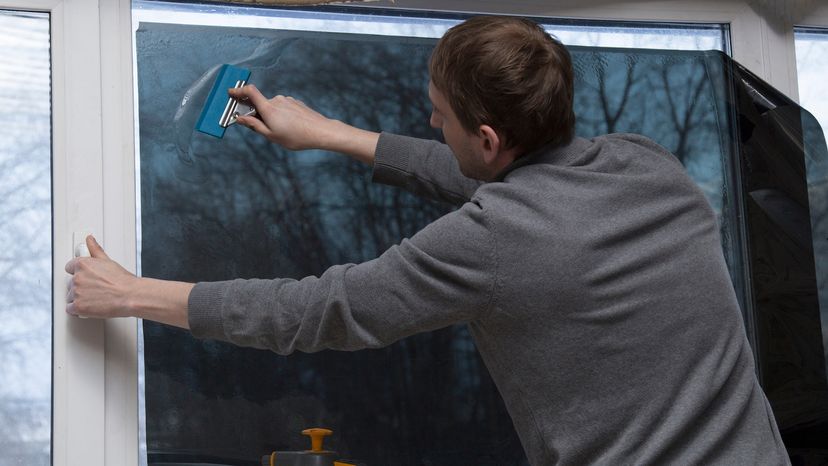
They add personality to the outside and inside of every home, but if they aren't properly insulated, windows can be a real strain on your finances. Fortunately, you can learn how to insulate windows easily and affordably.
You don't necessarily have to replace your existing ones with energy efficient windows either. You can enhance the energy efficiency of your home on a modest budget, and with products that are widely available at most home improvement stores.
Advertisement
Before we bring you up to speed on the available products though, it's important to understand how windows impact your home's heat.